Door County’s coastline has been guiding ships through dangerous waters for more than a century. These towering beacons tell stories of storms weathered and lives saved, standing as monuments to maritime history.
The county features more historic lighthouses than any other Midwest destination, which makes it a magnet for lighthouse enthusiasts and casual visitors alike. What sets Door County’s lighthouses apart isn’t just their historical importance—it’s how accessible they’ve become for today’s tourists.
Many offer guided tours that breathe life into their fascinating past, while others provide breathtaking viewpoints for photographers and sightseers. Here is a list of 16 Door County lighthouse tours that deliver memorable experiences for visitors of all ages.
Cana Island Lighthouse
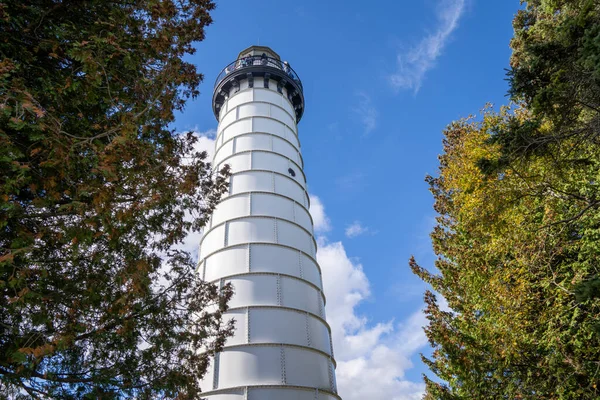
The Cana Island Lighthouse rises like a white sentinel against Lake Michigan’s endless blue expanse. Built in 1869, this 89-foot beacon required workers to haul materials across a narrow causeway that disappears during high water. Visitors can tackle the 97 steps to reach the top—where panoramic views stretch for miles across the water.
The lighthouse keeper’s quarters have been restored to show how families lived in isolation, tending the light that meant survival for passing ships.
Eagle Bluff Lighthouse

Perched dramatically on a 76-foot cliff, Eagle Bluff Lighthouse offers one of Door County’s most scenic tours. The 1868 structure provided essential navigation aid through Green Bay’s treacherous waters—where countless ships met their fate on hidden rocks.
Today’s visitors can explore the fully restored lighthouse and discover how dedicated keepers maintained the light through brutal winters. Peninsula State Park surrounds the area with hiking trails and picnic spots that transform this into a perfect day trip destination.
Like Travel Pug’s content? Follow us on MSN.
Pottawatomie Lighthouse
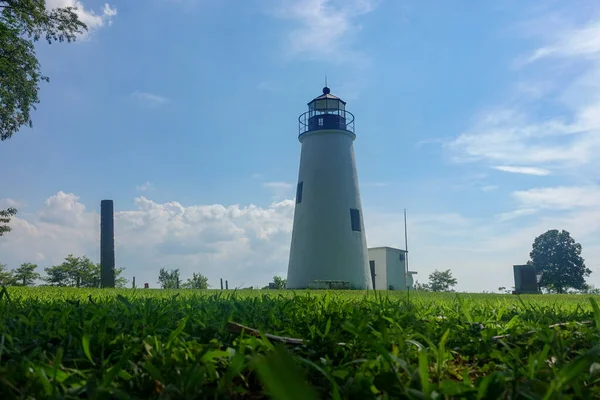
Rock Island’s Pottawatomie Lighthouse represents the ultimate adventure for lighthouse lovers willing to work for their reward. Getting there requires a ferry ride to Washington Island, then another ferry to Rock Island—followed by a mile-long hike through pristine wilderness.
Built in 1858, this remote beacon guided ships through some of the Great Lakes’ most dangerous waters. The restored lighthouse now serves as a museum where visitors experience the isolation and responsibility that lighthouse keepers faced daily.
Sturgeon Bay Canal Lighthouse
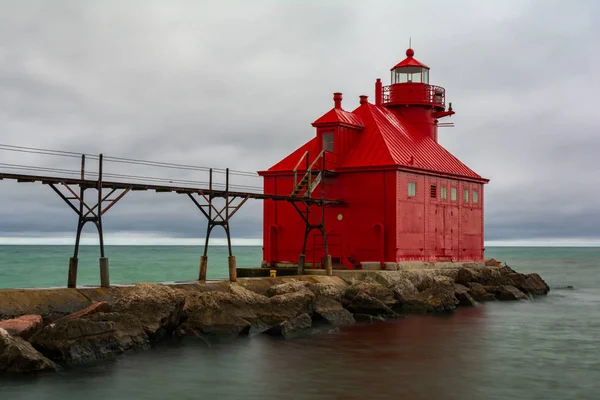
The Sturgeon Bay Canal Lighthouse tells how human ingenuity conquered natural obstacles. When engineers cut through the Door Peninsula in 1881 to create a shipping shortcut, they needed lights to guide vessels safely through the narrow passage.
This pierhead lighthouse—with its distinctive red roof—became an essential navigation aid for the busy canal. Visitors can tour the lighthouse and learn how this engineering marvel transformed shipping routes throughout the Great Lakes.
Baileys Harbor Range Lights
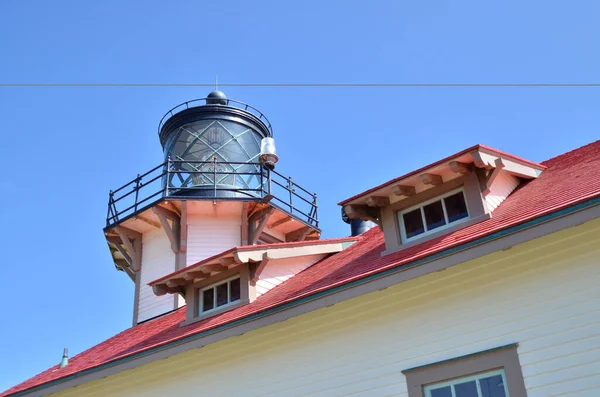
The Baileys Harbor Range Lights work as a team, demonstrating how lighthouse technology evolved beyond single beacons. These two lights work together: one front, one rear, creating a precise alignment system that guides ships safely into the harbor.
The front light sits closer to shore while the rear light towers 25 feet higher—creating a visual pathway that eliminates guesswork for ship captains. Tours explain how this innovative system saved countless lives and cargo during the area’s lumber boom era.
Like Travel Pug’s content? Follow us on MSN.
Ridges Sanctuary Range Lights
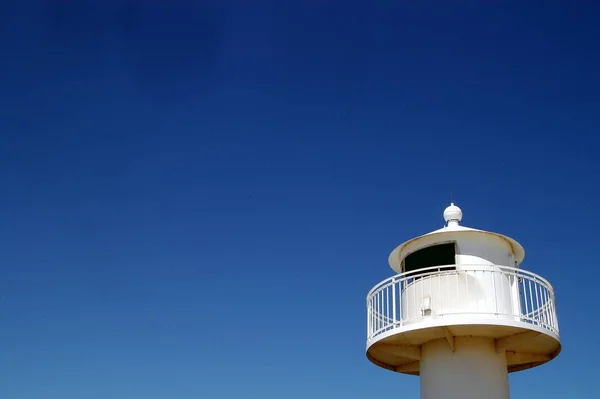
Hidden within the Ridges Sanctuary, these range lights protected ships navigating dangerous shoals near Baileys Harbor. The sanctuary itself represents one of Wisconsin’s most important ecological preserves—home to rare orchids and ancient ridge-and-swale formations.
Visitors can combine lighthouse tours with nature walks that showcase the delicate ecosystem these lights helped protect by preventing shipwrecks. The contrast between human engineering and natural beauty creates an unforgettable experience that appeals to history buffs and nature lovers alike.
Sherwood Point Lighthouse
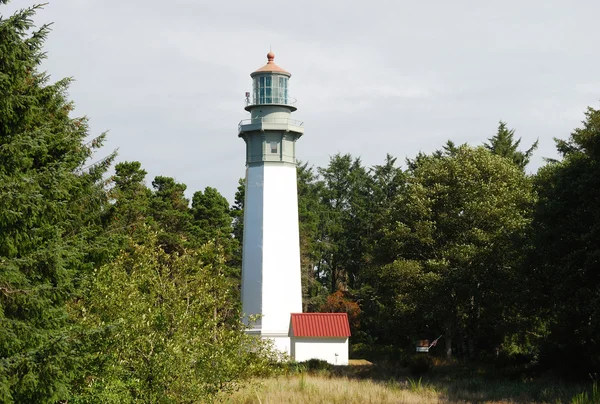
Sherwood Point Lighthouse stands as Door County’s oldest active beacon, faithfully guiding ships since 1883. Located on a private peninsula, this lighthouse offers exclusive tours that make visitors feel like stepping back in time.
The original Fresnel lens still operates, casting its beam across Sturgeon Bay’s waters just as it did when lumber schooners crowded these shipping lanes. Visitors learn about the lighthouse families who called this isolated point home and maintained the light through decades of changing maritime technology.
Plum Island Range Lights
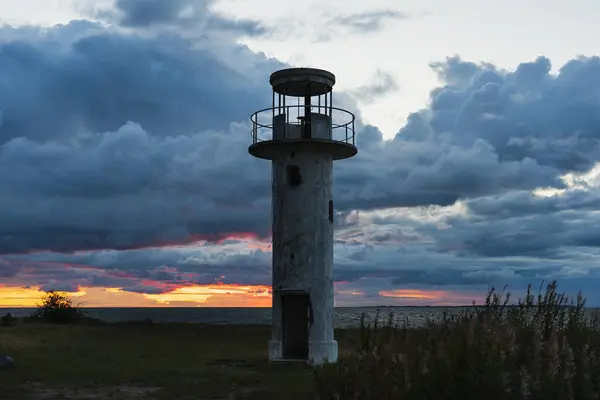
Plum Island’s twin lighthouses guard Death’s Door passage—the treacherous strait that gave Door County its ominous name. These automated lights continue their vital work, warning ships about the rocky shoals that claimed hundreds of vessels over the years.
Tours combine lighthouse history with tales of shipwrecks and rescue efforts that turned ordinary lighthouse keepers into heroes. The island’s remote location adds an element of adventure that makes this tour feel like a genuine expedition.
Like Travel Pug’s content? Follow us on MSN.
Pilot Island Lighthouse
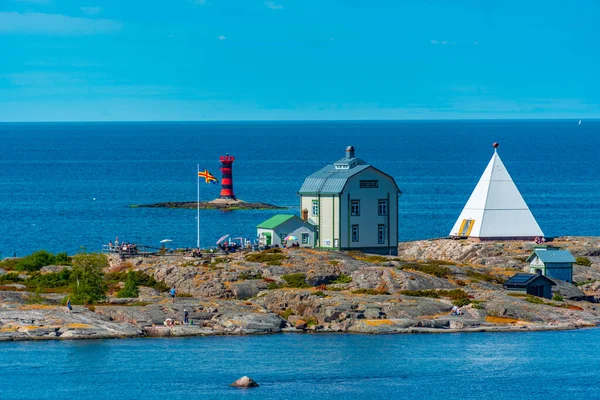
Pilot Island Lighthouse occupies one of Door County’s most isolated spots, accessible only by guided tour boats during calm weather. Built in 1850, this beacon guided ships through the notorious Death’s Door Strait where Green Bay meets Lake Michigan.
The lighthouse and its support buildings have been carefully restored to show how keepers and their families survived in complete isolation. Weather permitting, visitors can land on the island and explore the lighthouse while learning about the brave souls who kept the light burning through brutal Great Lakes storms.
Chambers Island Lighthouse
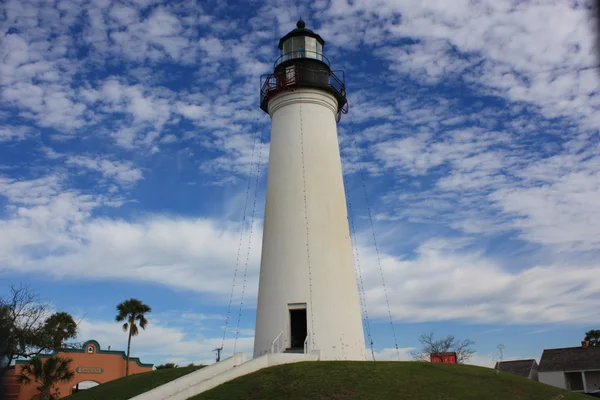
Chambers Island Lighthouse offers a unique combination of maritime history and natural beauty that few destinations can match. This 1868 lighthouse served ships traveling between Chicago and northern ports—providing crucial navigation aid through waters that claimed dozens of vessels.
The island setting creates a peaceful atmosphere where visitors can explore the lighthouse grounds while enjoying pristine beaches and hiking trails. Tours focus on the lighthouse families who created a small community on this remote island, growing gardens and raising children far from mainland civilization.
Rawley Point Lighthouse
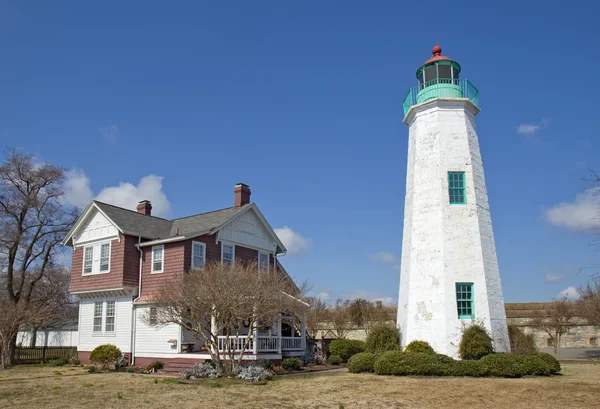
Rawley Point Lighthouse towers 113 feet above Lake Michigan, making it one of the tallest lighthouses on the Great Lakes. Built in 1894, this steel structure replaced earlier, less durable wooden towers that couldn’t withstand the area’s fierce storms.
The lighthouse’s distinctive skeletal design allowed winds to pass through rather than topple the structure. Visitors can climb to the top for spectacular views while learning about the engineering challenges of building tall structures on shifting sand dunes.
Like Travel Pug’s content? Follow us on MSN.
Algoma Pierhead Lighthouse
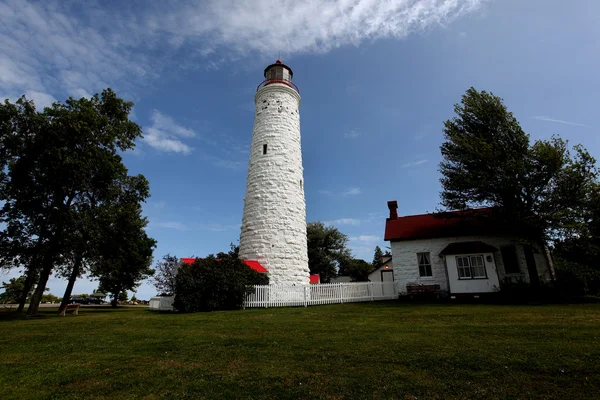
The Algoma Pierhead Lighthouse represents the evolution of lighthouse technology from isolated towers to harbor-integrated navigation aids. This compact lighthouse sits at the end of Algoma’s pier, guiding fishing boats and pleasure craft safely into port.
Tours highlight how the lighthouse served the area’s commercial fishing industry, which once employed hundreds of workers processing lake trout and whitefish. The lighthouse’s location makes it easily accessible for visitors who want to combine lighthouse tours with waterfront dining and shopping.
Kewaunee Pierhead Lighthouse
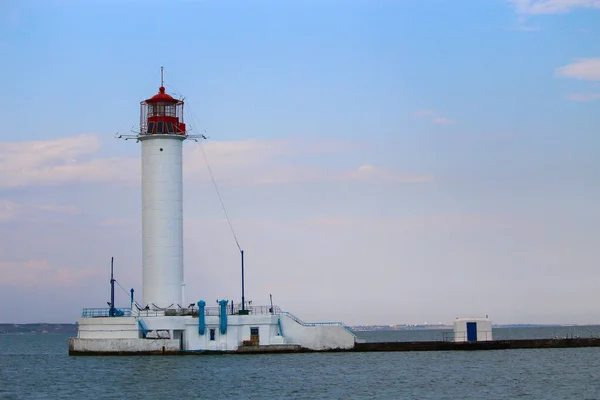
Kewaunee’s pierhead lighthouse stands as a testament to the importance of safe harbors along Lake Michigan’s often treacherous coastline. Built in 1891, this lighthouse guided lumber ships, fishing vessels, and passenger steamers into the protection of Kewaunee’s harbor.
The lighthouse’s distinctive red color helped mariners identify the correct harbor entrance during storms when visibility dropped to mere yards. Tours explain how lighthouse keepers maintained their equipment in conditions that would challenge modern technology, often working in temperatures that froze their tools solid.
Two Rivers North Pierhead Lighthouse
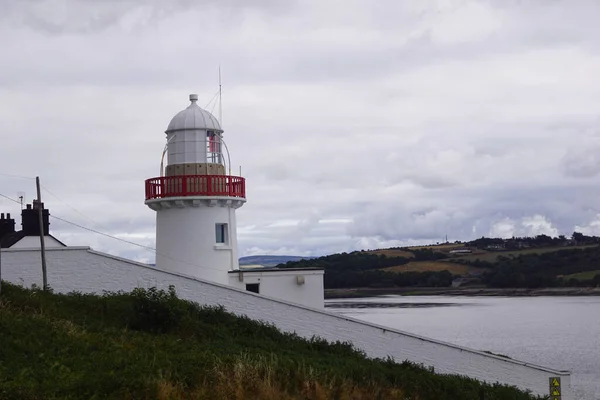
Two Rivers North Pierhead Lighthouse served the busy port that once ranked among Wisconsin’s most important shipping centers. This 1858 lighthouse guided vessels carrying lumber, grain, and passengers between Chicago and northern Great Lakes ports.
The lighthouse’s strategic location at the mouth of the Twin Rivers made it a crucial navigation aid during the area’s industrial boom. Visitors learn about the lighthouse keeper families who maintained the light while living in quarters so small that children slept in the lantern room during the winter months.
Like Travel Pug’s content? Follow us on MSN.
Manitowoc Breakwater Lighthouse
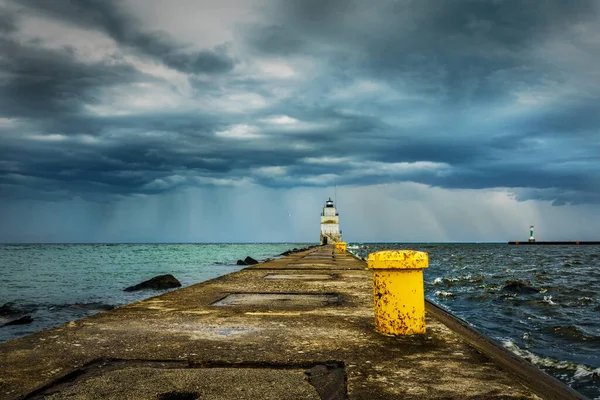
Manitowoc’s breakwater lighthouse protected one of Lake Michigan’s most important industrial harbors during the late 1800s. This lighthouse guided ships carrying iron ore, coal, and manufactured goods through waters that could turn deadly when autumn storms swept across the lake.
The lighthouse’s unique design incorporated living quarters within the tower itself, creating a compact home for keepers, who needed to respond instantly to changing weather conditions. Tours showcase the lighthouse’s role in supporting the shipbuilding industry that made Manitowoc famous throughout the Great Lakes region.
Wind Point Lighthouse
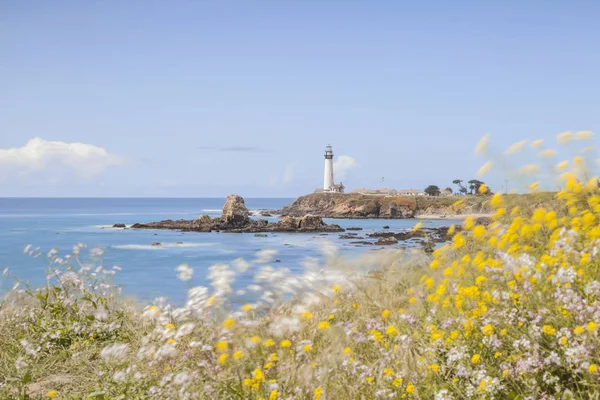
Wind Point Lighthouse stands 108 feet tall, making it one of the most impressive lighthouses accessible from Door County. Built in 1880, this limestone tower has withstood over a century of Great Lakes storms while maintaining its original beauty.
The lighthouse’s massive first-order Fresnel lens created a beam visible for 19 miles, providing crucial navigation aid for ships traveling between Milwaukee and northern ports. Visitors can tour the lighthouse and adjacent keeper’s quarters while enjoying the landscaped grounds that make this one of the most photographed lighthouses in the region.
Keepers of the Light Legacy
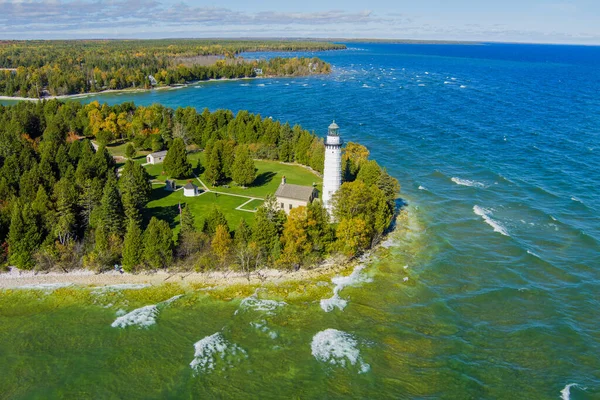
These 16 lighthouses connect modern visitors to an era when maritime commerce shaped the Great Lakes region and lighthouse keepers stood as the last line of defense against nature’s fury. Each tour offers a window into the past while highlighting the ongoing efforts to preserve these maritime treasures for future generations.
The dedication of volunteers and preservationists ensures that these beacons continue to inspire visitors long after their original purpose has evolved into automated systems and GPS navigation.
Like Travel Pug’s content? Follow us on MSN.
More from Travel Pug

- 20 Best Beach Towns in the Carolinas
- 13 Destinations Where Tourists Regularly Regret Their Trip
- 20 Things You Actually Get in First Class
- 20 Small Airports With Aviation Museums
- 20 Places in the U.S. That Are Perfect for a Reset Trip
Like Travel Pug’s content? Follow us on MSN.
